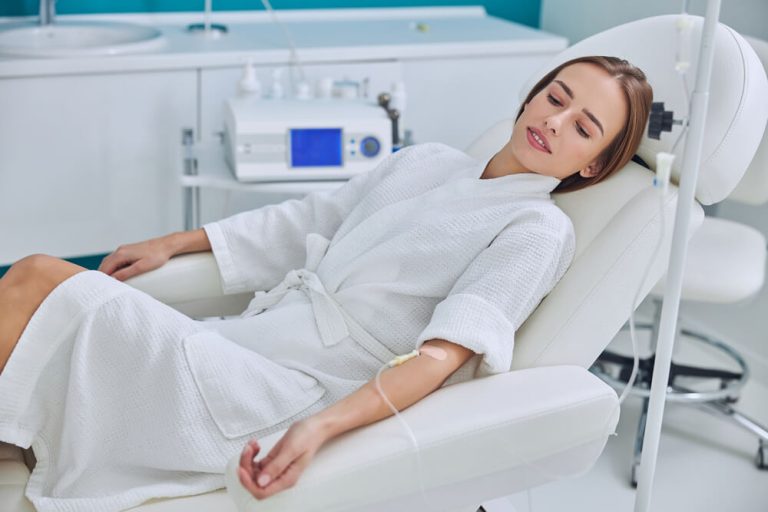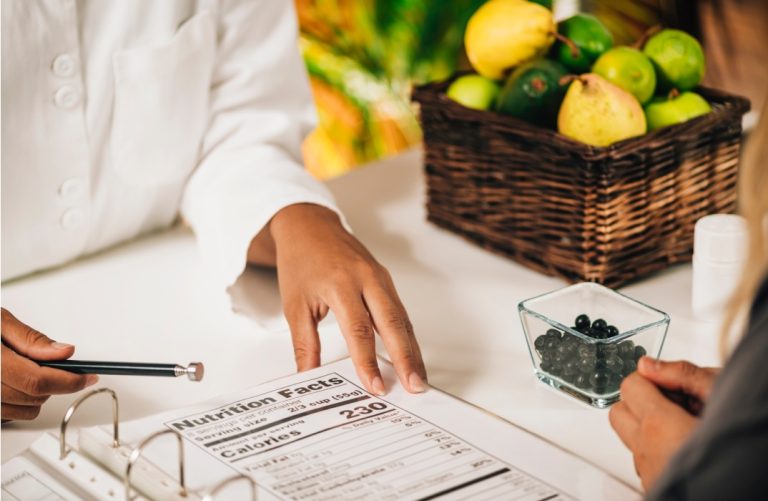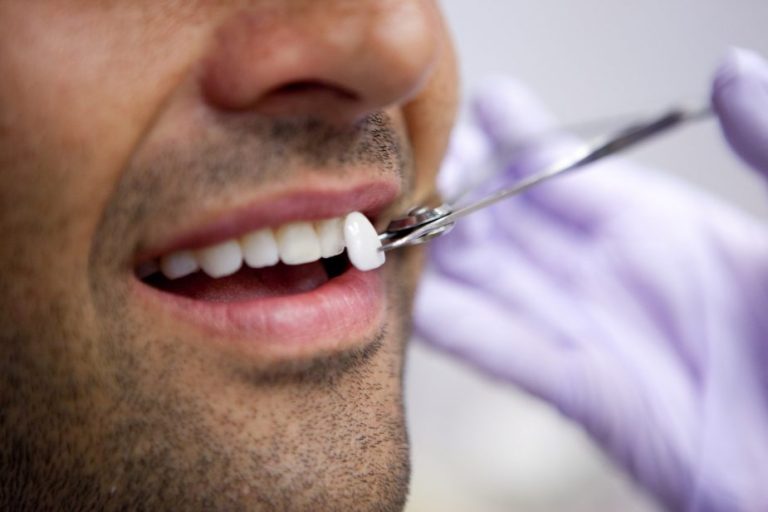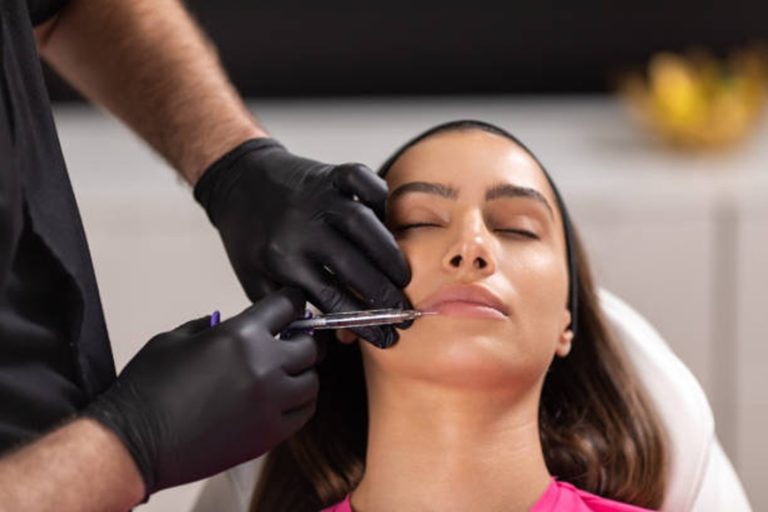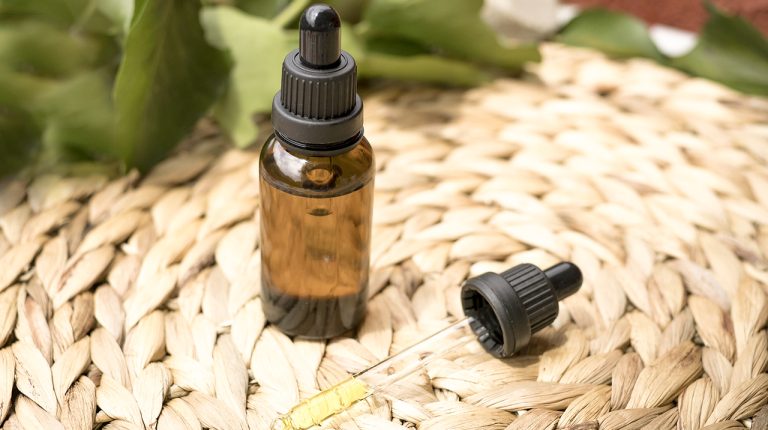Breastfeeding is a beautiful and natural bonding experience between a mother and her baby. However, it can also bring unique challenges for mothers with medical conditions. That’s where lactation consultants come in. These knowledgeable and compassionate professionals play a vital role in empowering mothers with medical conditions to breastfeed their babies successfully.
The Importance Of Breastfeeding For Mothers With Medical Conditions
Breastfeeding is widely recognized as the optimal source of infant nutrition, providing essential antibodies and nutrients that protect against various illnesses and promote healthy development. For mothers with medical conditions, breastfeeding offers additional benefits. It can help manage certain medical conditions, such as diabetes or high blood pressure, and reduce the risk of complications for both the mother and the baby. Breast milk contains specific components that can support infants’ health and immune systems, which is especially important for babies born to mothers with medical conditions.
What Is A Lactation Consultant And Their Role In Breastfeeding Success
Lactation consultants are trained professionals who specialize in providing breastfeeding support and guidance to mothers. They have extensive knowledge about breastfeeding techniques, anatomy, and common challenges that may arise during the breastfeeding journey. Lactation consultants are crucial in empowering mothers with medical conditions to overcome obstacles and achieve breastfeeding success.
A lactation consultant’s role is multifaceted. They offer education and practical strategies to address medical concerns that may affect breastfeeding. This includes helping mothers manage medication while breastfeeding, adapting breastfeeding positions to accommodate physical limitations, and providing guidance on maintaining milk supply. Lactation consultants also offer emotional support, empowering mothers to overcome any doubts or concerns they may have about breastfeeding with a medical condition.
Common Medical Conditions That May Affect Breastfeeding
Various medical conditions can impact a mother’s ability to breastfeed. Some common examples include:
- Diabetes: Mothers with diabetes may face challenges in regulating blood sugar levels while breastfeeding. Lactation consultants can guide managing diabetes medications, monitoring blood sugar levels, and ensuring a healthy breastfeeding routine.
- Thyroid disorders: Thyroid conditions, such as hypothyroidism or hyperthyroidism, can affect milk production and the let-down reflex. Lactation consultants can help mothers with thyroid disorders optimize their breastfeeding experience through appropriate interventions and support.
- Breast surgery: Mothers who have undergone breast surgery, such as breast augmentation or reduction, may experience difficulties with milk production or latching. Lactation consultants can provide strategies to overcome these challenges, including techniques for increasing milk supply or alternative feeding methods.
How Lactation Consultants Support Mothers With Medical Conditions
Lactation consultants provide personalized support tailored to the specific medical conditions of each mother. They work closely with healthcare providers to ensure a comprehensive approach to breastfeeding support. Here are some of the ways lactation consultants support mothers with medical conditions:
- Education and guidance: Lactation consultants educate mothers about the impact of their medical conditions on breastfeeding and provide evidence-based information to address concerns. They offer practical medication management strategies, monitoring health parameters, and optimizing breastfeeding techniques.
- Emotional support: Breastfeeding can be emotionally challenging, especially for mothers with medical conditions. Lactation consultants provide empathetic and compassionate support, helping mothers navigate their emotions and build confidence in their ability to breastfeed successfully.
- Lactation consultants excel at problem-solving, adeptly addressing common breastfeeding challenges caused by medical conditions. They assist mothers in troubleshooting issues like low milk supply, breast plugged ducts, and resolving latching problems.
The Benefits Of Working With A Lactation Consultant
Working with a lactation consultant can benefit mothers with medical conditions. Some of these include:
- Increased breastfeeding success: With the guidance and support of a lactation consultant, mothers with medical conditions can overcome challenges and achieve their breastfeeding goals. Lactation consultants can provide strategies to optimize milk supply, manage medications, and navigate any physical limitations.
- Confidence and empowerment: Breastfeeding with a medical condition can feel overwhelming and uncertain. Lactation consultants give mothers the knowledge and tools to feel confident in their breastfeeding ability. This empowerment can have a positive impact on a mother’s overall well-being.
- Improved health outcomes: Breastfeeding offers a range of health benefits for both mothers and babies. With the support of a lactation consultant, mothers with medical conditions can maximize these benefits and reduce the risk of complications related to their condition.
The Impact Of Lactation Consultants On Maternal And Infant Health Outcomes
The impact of lactation consultants extends beyond breastfeeding success. Numerous studies have shown that breastfeeding has significant health benefits for mothers and infants. Lactation consultants are crucial in promoting and supporting breastfeeding, thereby contributing to improved health outcomes for both mothers and babies. By addressing mothers’ unique challenges with medical conditions, lactation consultants help ensure these women can provide the best nutrition and care for their infants.
Conclusion: The Crucial Role Of Lactation Consultants In Empowering Mothers With Medical Conditions
Breastfeeding can be challenging for mothers with medical conditions, but with the support of lactation consultants, these challenges can be overcome. Lactation consultants play a vital role in empowering mothers by providing education, emotional support, and practical strategies to navigate the complexities of breastfeeding. They bridge the gap between medical care and breastfeeding success, ensuring that mothers with medical conditions can confidently and safely breastfeed their babies. With their expertise and guidance, lactation consultants empower mothers to provide their infants with the best possible start, setting a solid foundation for their health and well-being.




